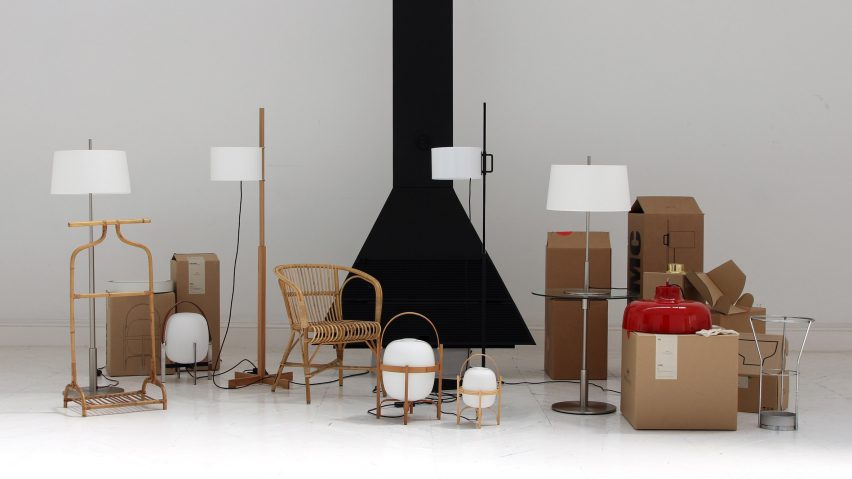
Spanish design pioneer Miguel Milá picks nine of his key projects
With a major retrospective of his work on show in Madrid, Catalan designer Miguel Milá talks Dezeen through the most personally significant pieces from his eight-decade career.
Aged 93, Milá is one of the most influential Spanish designers of his generation, with a vast back catalogue of furniture and lighting works for iconic mid-century brands including Polinax and Gres, and more recently, Santa & Cole.
The largest exhibition of his work to date is currently on show at Fernán Gómez Centro Cultural de la Villa in Madrid, featuring over 200 objects and drawings, from completed works to sketches and prototypes.
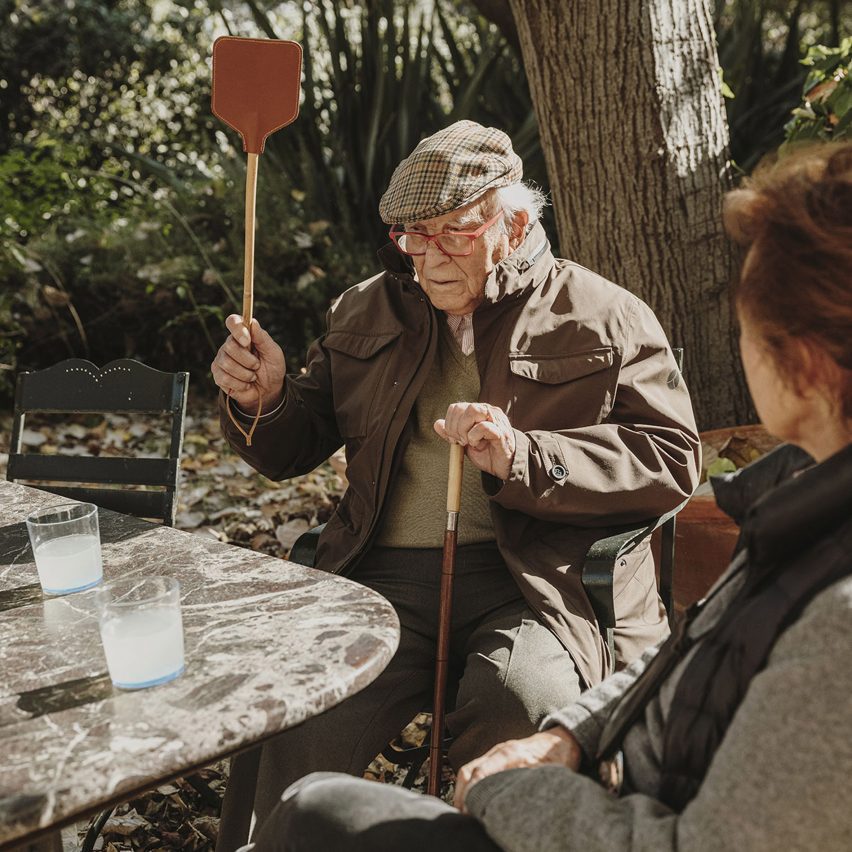
The show, which opened as part of Madrid Design Festival, was curated by husband-and-wife team, Gonzalo Milá, who is the designer's son, and Claudia Oliva.
It highlights the extent of Milá's impact on design history, with many of the works now synonymous with the modern Spanish home interior.
"Milá has known the recipe for naturalness in objects ever since he picked up a pencil, as instinctively as a good cook is able to combine ingredients to make more out of their flavours," wrote Jasper Morrison in a tribute published in 2021.
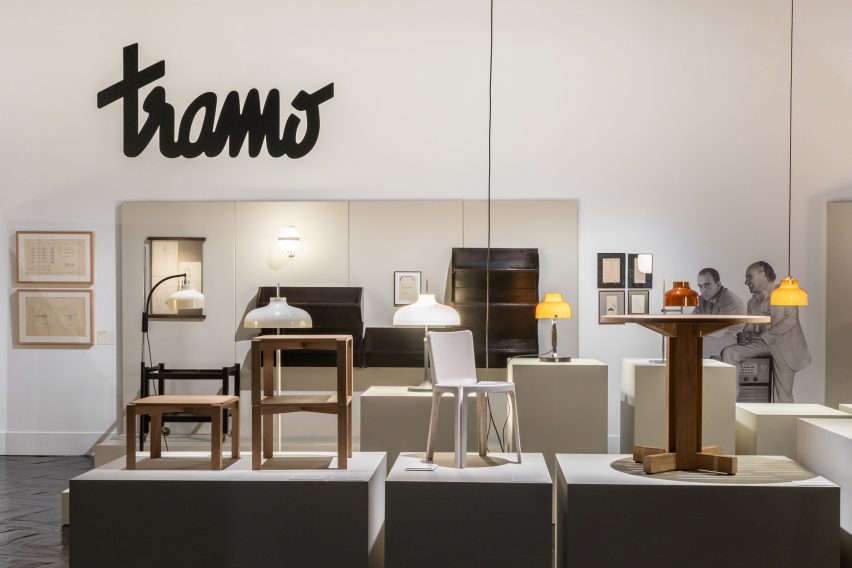
Born in Barcelona in 1931, Milá worked as an interior designer before setting up his own furniture company, Tramo, in 1957. Here, he developed an approach grounded in simplicity and craft.
The designer often refers to himself as "a pre-industrial designer".
"To design is to pursue order," Milá wrote, in a memoir translated from his native Spanish.
"Anything that finds a solution through beauty is good design. But achieving beauty without functionality is something else. In design, both things have to come together at the same time."
In a Dezeen exclusive, Milá tells the stories behind nine of his favourite designs:
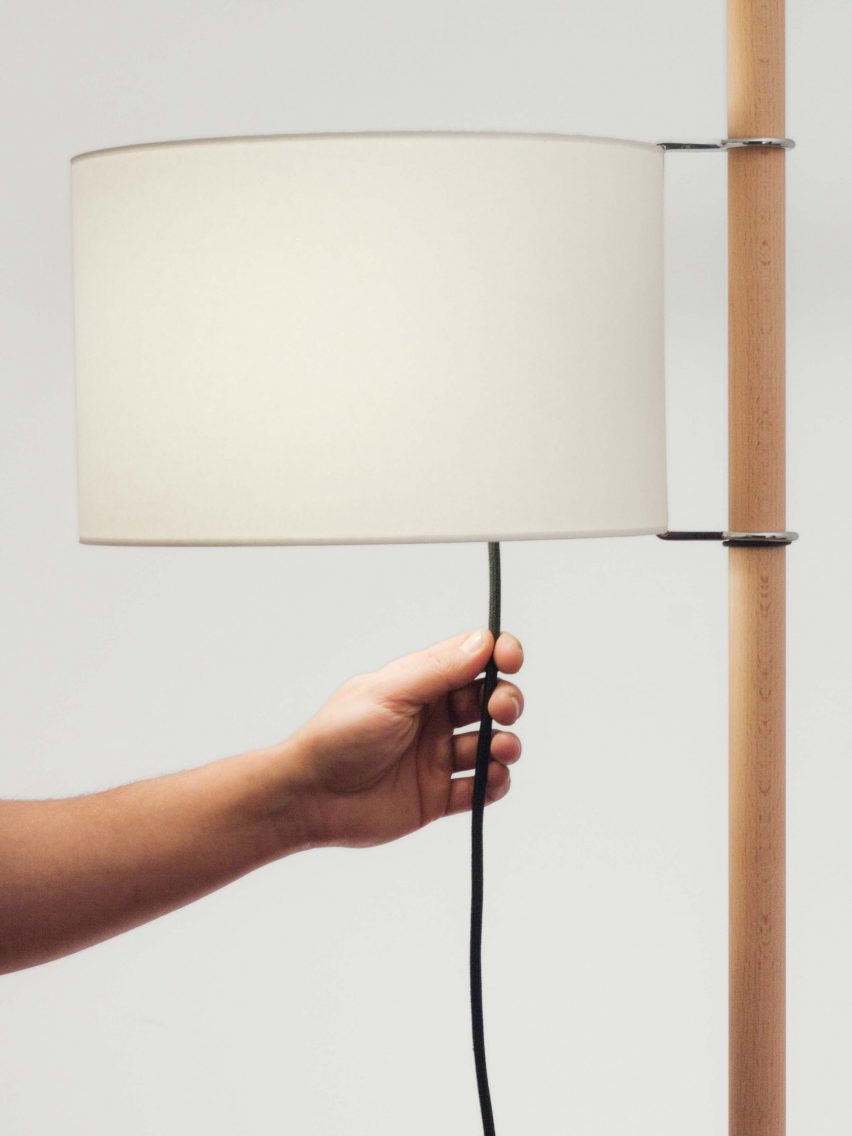
TMM Floor Lamp, 1962
Milan designed a series of adjustable-height floor lamps between 1956 and 1981. While the TMC has been the most commercially popular, the TMM is Milá's personal favourite.
"It is the adjustable lamp model that I feel most represents my design principles," he said. "It is light and it can be easily adjusted and assembled in three pieces."
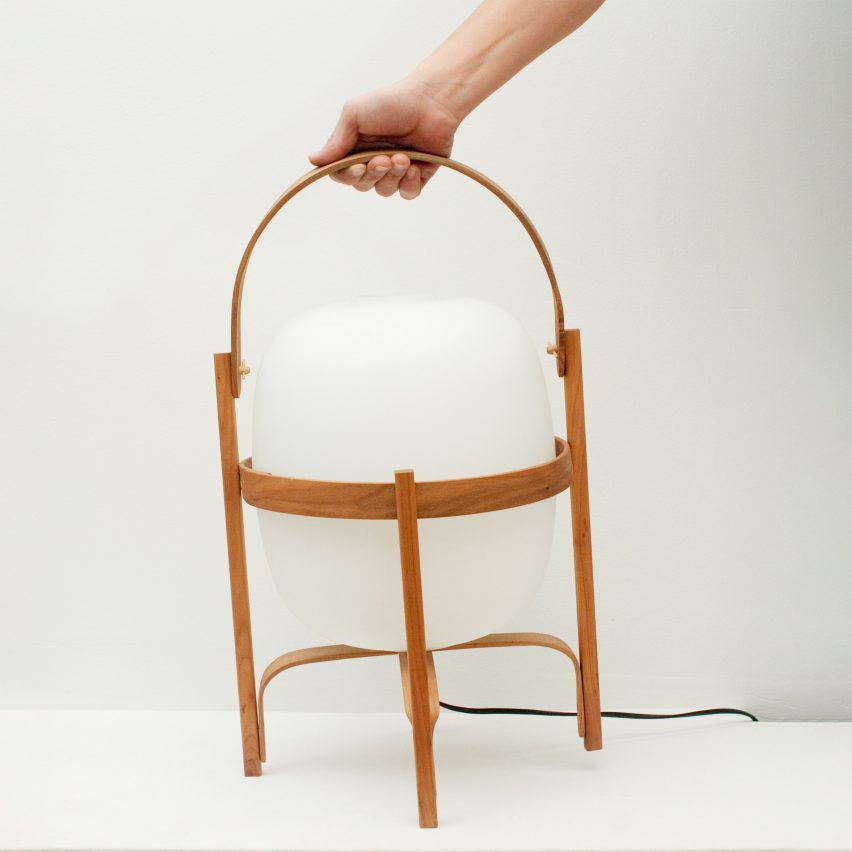
Cesta Lamp, 1962
"I found a beautiful milky glass globe outside a parts shop that had been recently closed and made a simple rattan structure to embrace the shade and make it transportable," explained Milá. "Eventually, the structure was made in wood to be sturdier."
"This lamp has always been part of my home and many homes," he added. "It is a piece that people connect with in a special way."
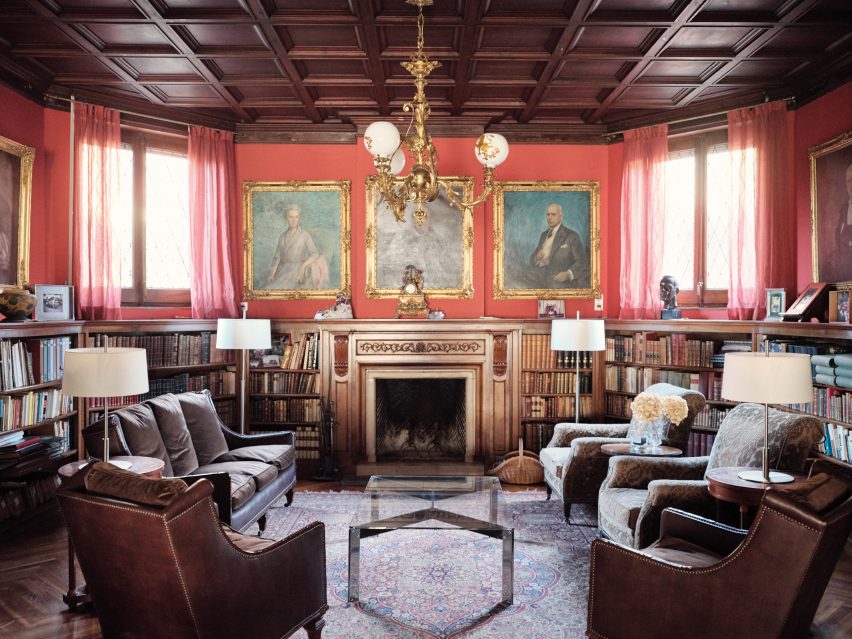
Maria Table, 1962
This minimal coffee table combines a chromed and painted metal frame with a glass tabletop.
"My eldest brother had bought a new carpet for his living room (pictured) and asked that I design a table that would not conceal it," said Milá. "It was one of the first design commissions I received ."
"The table sits in his living room over his carpet. It has a way of blending in elegantly with its surroundings."
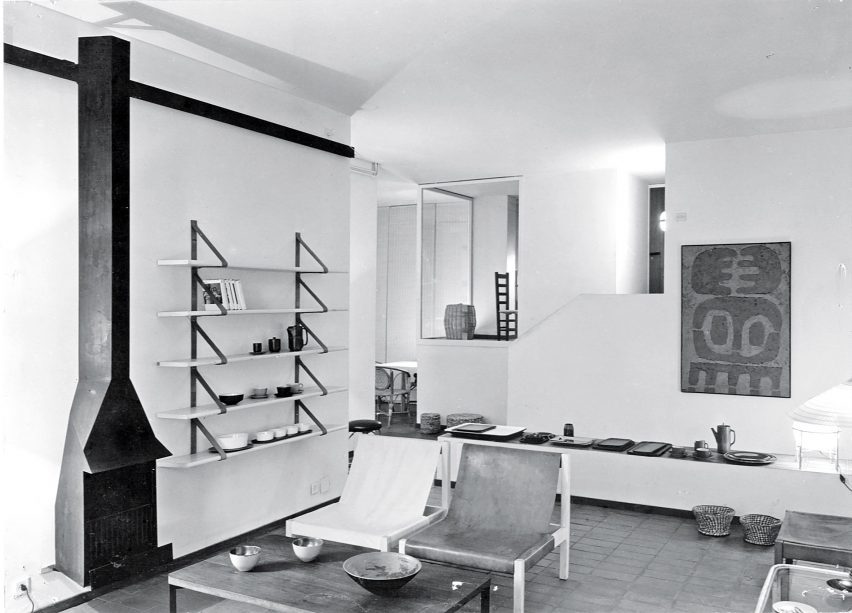
MM/Correas Shelves, 1962
Milá's close partnership with retailer Gres led them to jointly enter the Economic Home award in 1962, a competition that required entrants to furnish a whole apartment (pictured). This shelving system, made from wood and leather, was one of several designs from their winning scheme.
"I designed one wooden shelf element that had a longer and a shorter panel in the back so that, depending on how you installed it, it could accommodate taller or shorter books," said Milá.
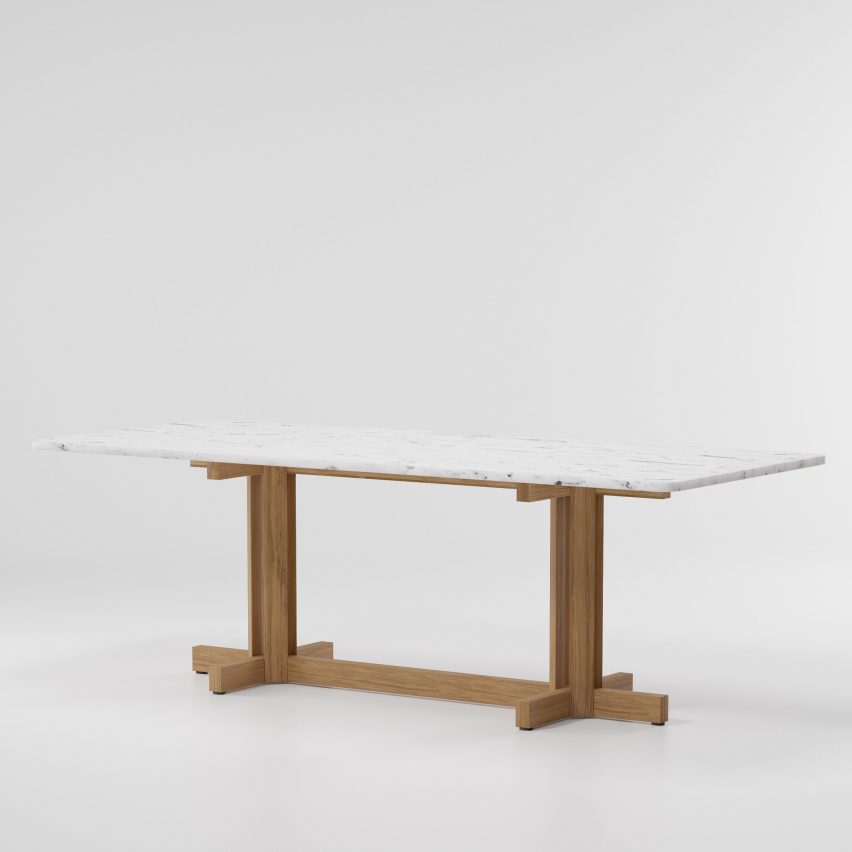
Altar Table, 1964
"In 1964 I married Maria Valcarcel, who to this day has been my rock," said Milá.
"I designed this table with geometric, structured legs and it served as our wedding altar. This piece has recently been re-edited; every time I see it, it takes me back to the start of my family."
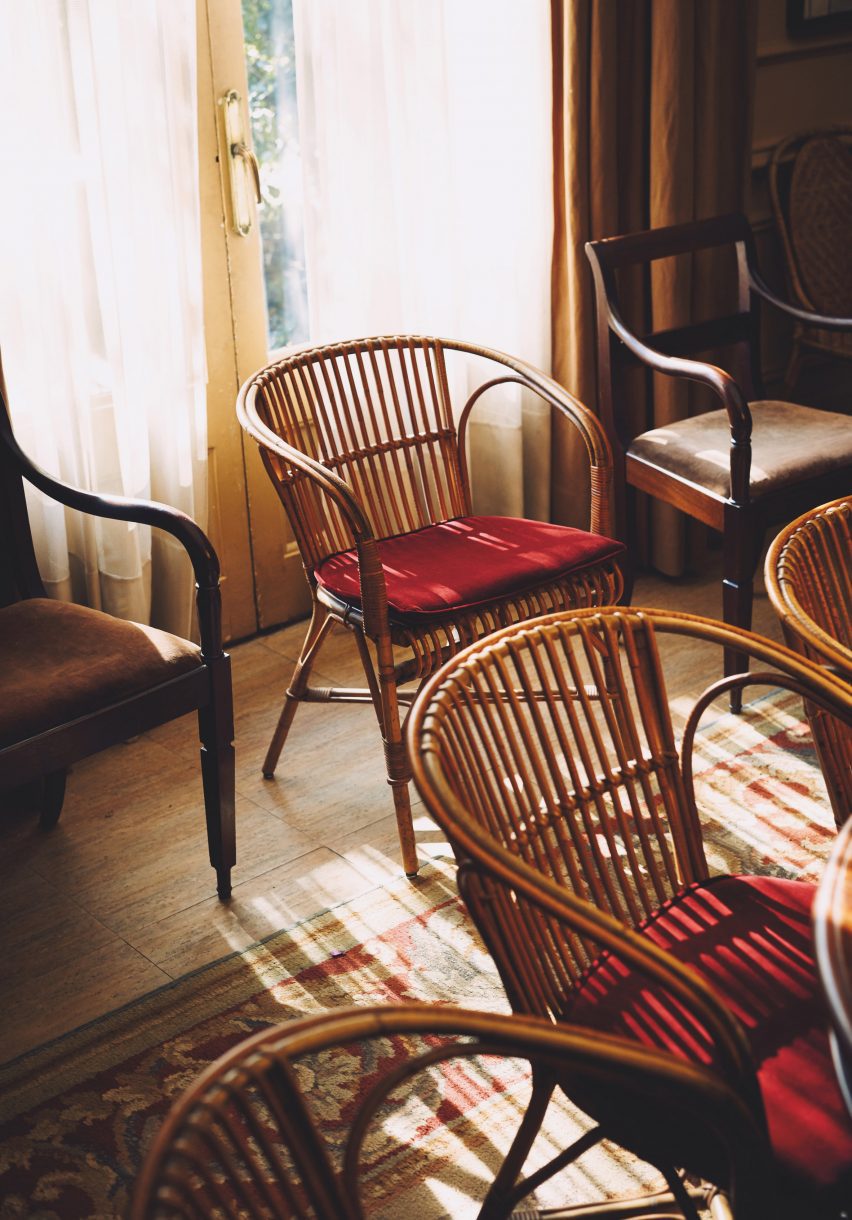
Salvador Chair, 1965
"As a recently married couple, we had very little money to furnish our home," said Milá.
"I designed this chair for our dining room. At the time, rattan was not seen as a noble material. When friends visited us, they found it very modern that we would have rattan chairs in our dining room," he continued.
"To this day, we have the same chairs. They have been comfortably seating our family for 58 years. They are easy to move, light and also very resistant. I find the patina that time has graced them with very beautiful."
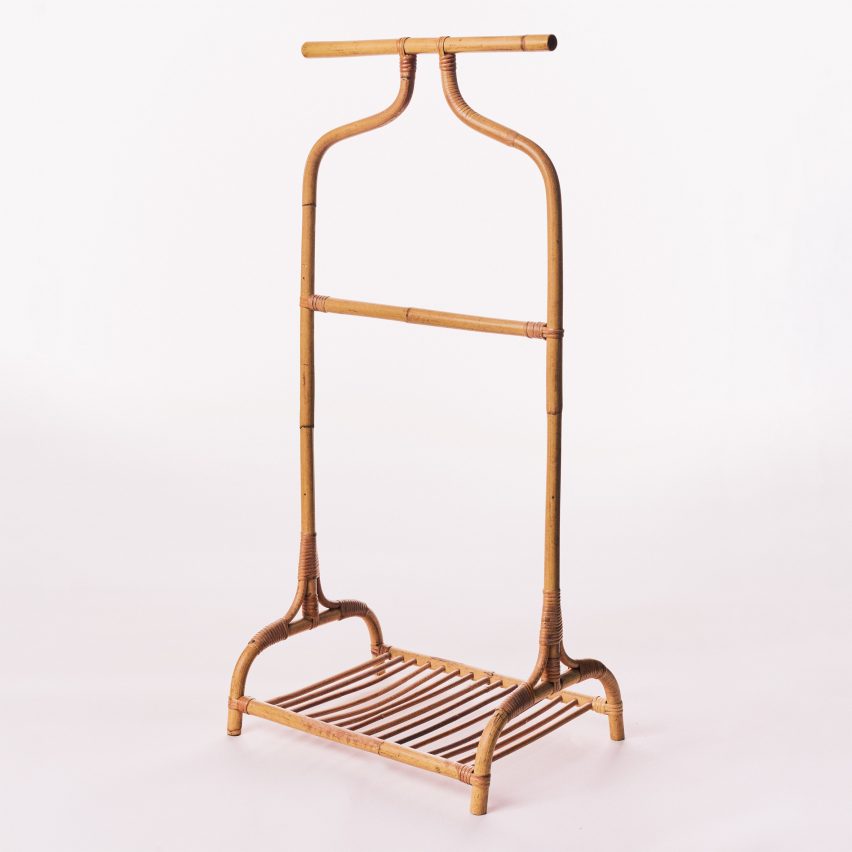
Manila Clothes Stand, 1965
Milá created many more works from rattan, after meeting a master craftsman who specialised in this material. Since 2019, design brand Trenat has been reissuing many of these designs. The designer favours the clothes stand because it is a piece he uses every day.
"It's light and I can easily move it about my room," he said. "It provides all I need to keep my pants, jacket, shirt and shoes tidy for a second use."
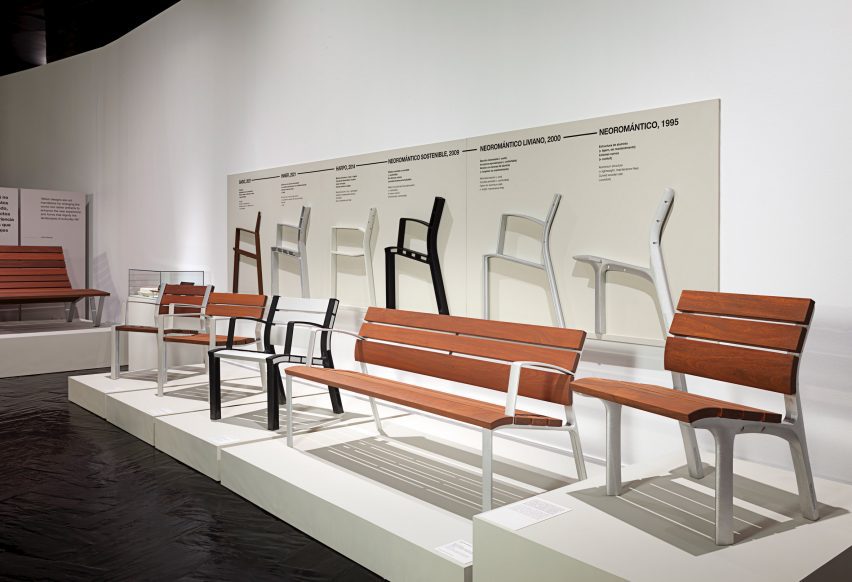
NeoRomántico Liviano Bench, 2000
Milá came up with the concept for the Neo bench series around the time of the Barcelona Olympics in 1992. Produced by Urbidermis, the street furniture arm of Santa & Cole, the series launched in 1995 and continued evolving up to 2021.
"I was walking one day when I saw an old man trying to stand from the street bench he was sitting on and noticed how difficult it was for him," said Milá. "The seating position was too reclined and low."
"All benches in Barcelona at the time were this same type," he continued. "It made me think about how I could design a bench that would allow older people to stand gracefully."
"This bench is now the most common in Barcelona and many other places. I am proud to have been able to serve the community, adding comfort to outdoor living."
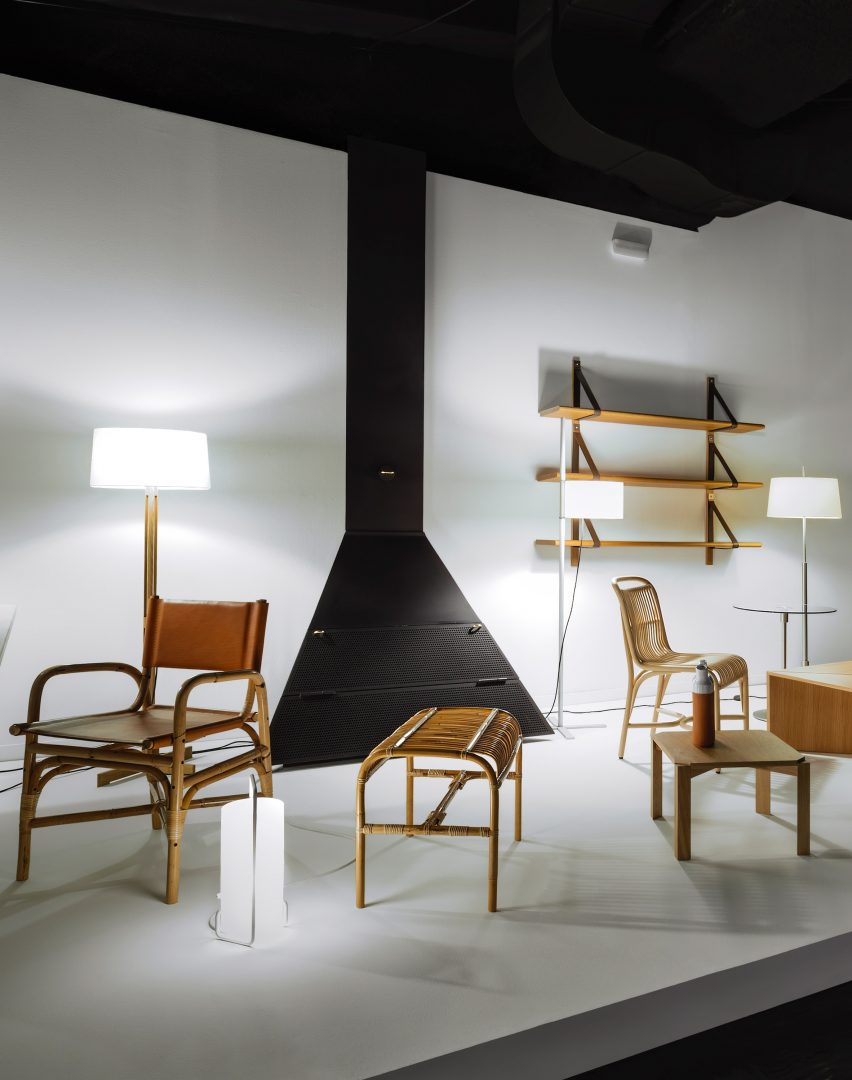
Constanza Chair, 2024
The Constanza (pictured far left) is a new lounge chair that Milá is set to launch this year.
"It is made of a light rattan structure with a comfortable leather seat and back," he said. "I am very happy with the result."
Miguel Milá is on show at Fernán Gómez Centro Cultural de la Villa in Madrid from 8 February to 31 March 2024. See Dezeen Events Guide for more architecture and design events around the world.